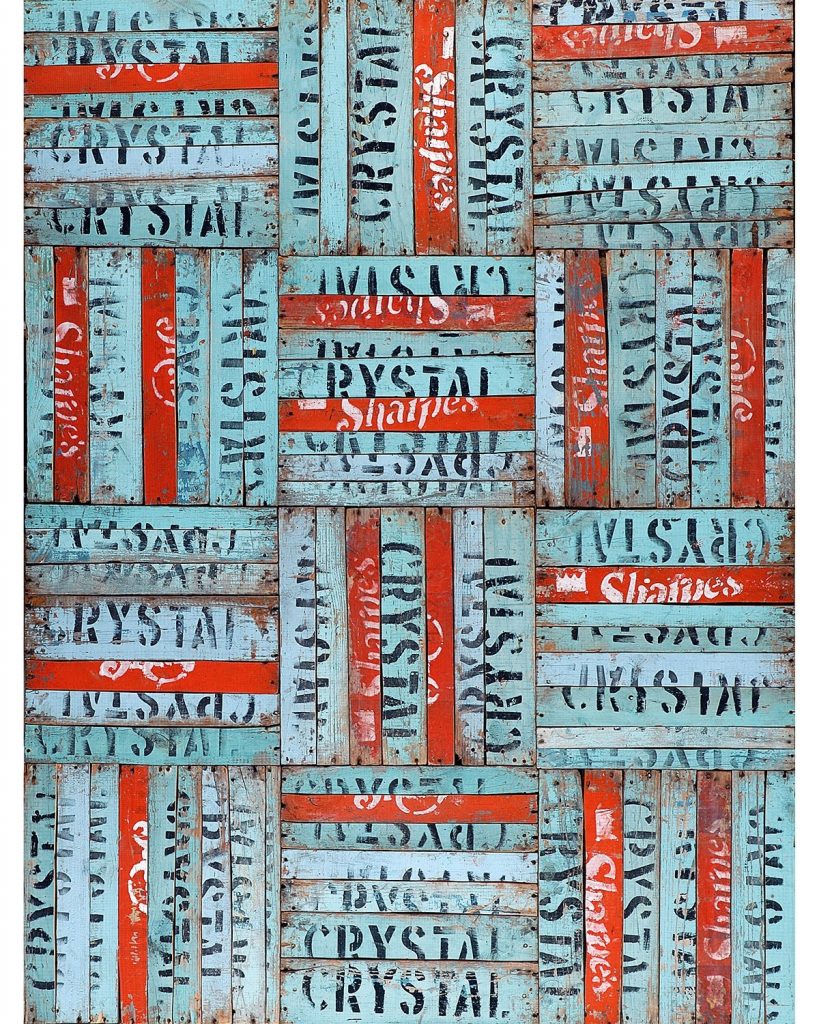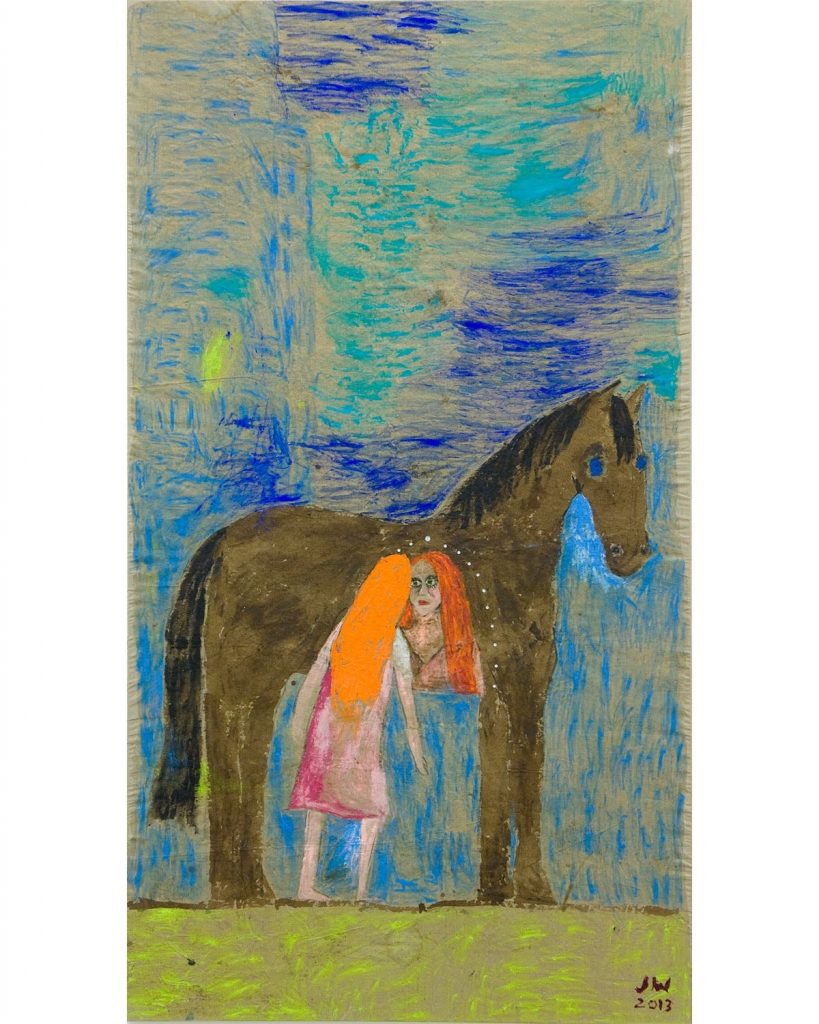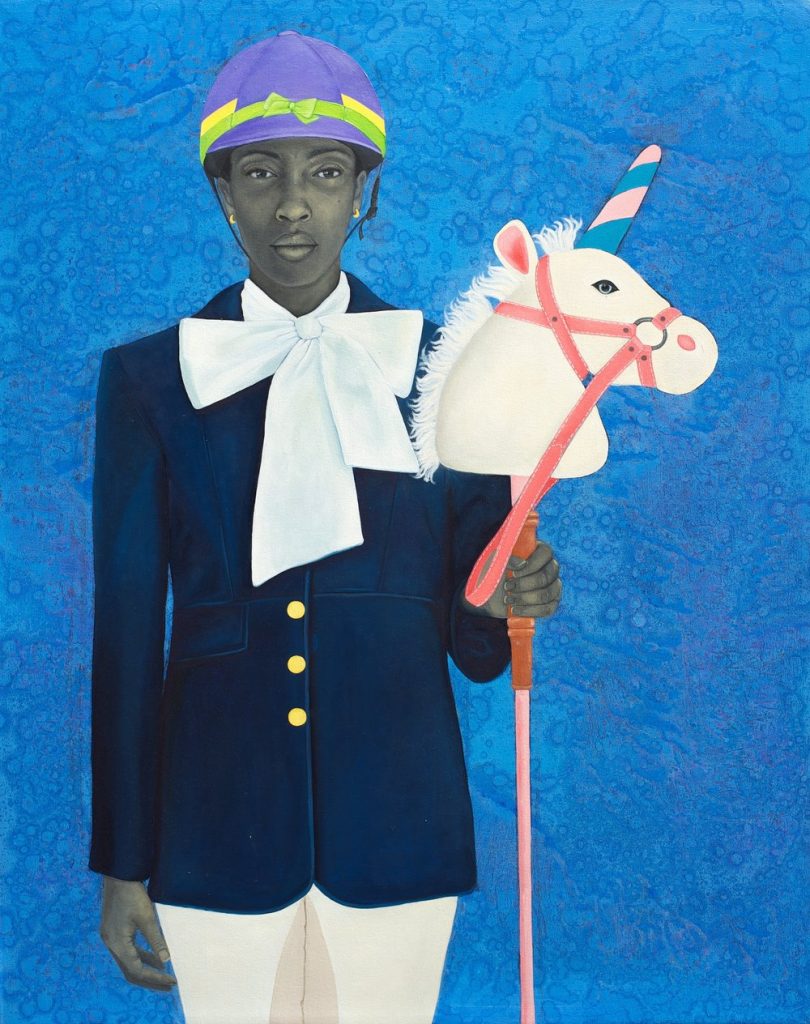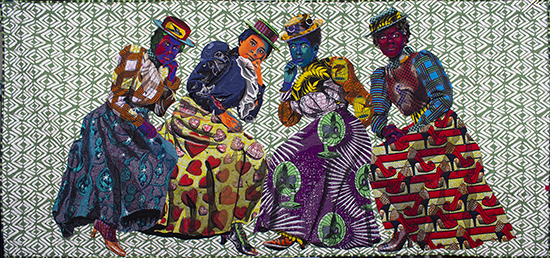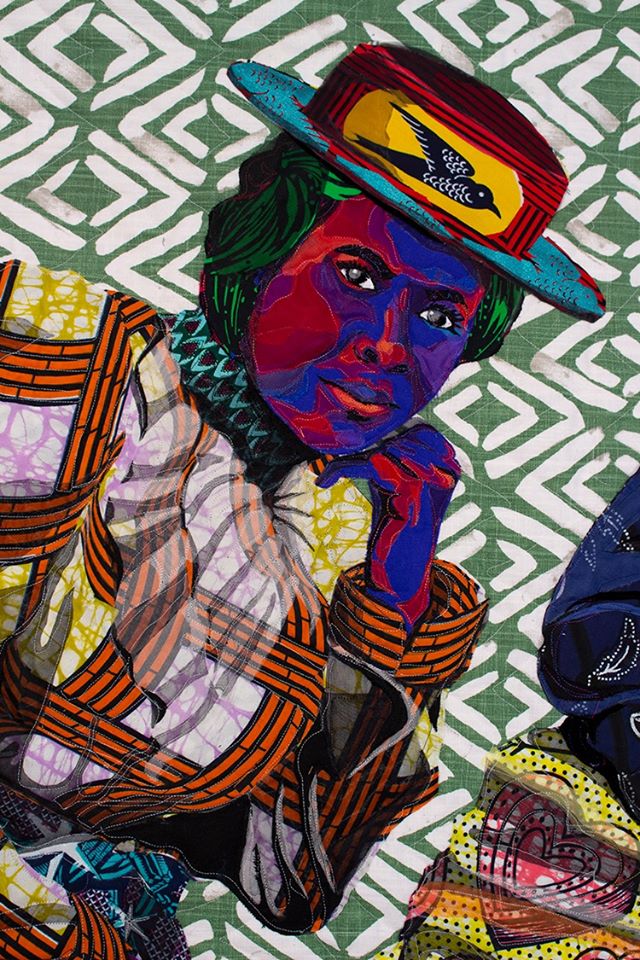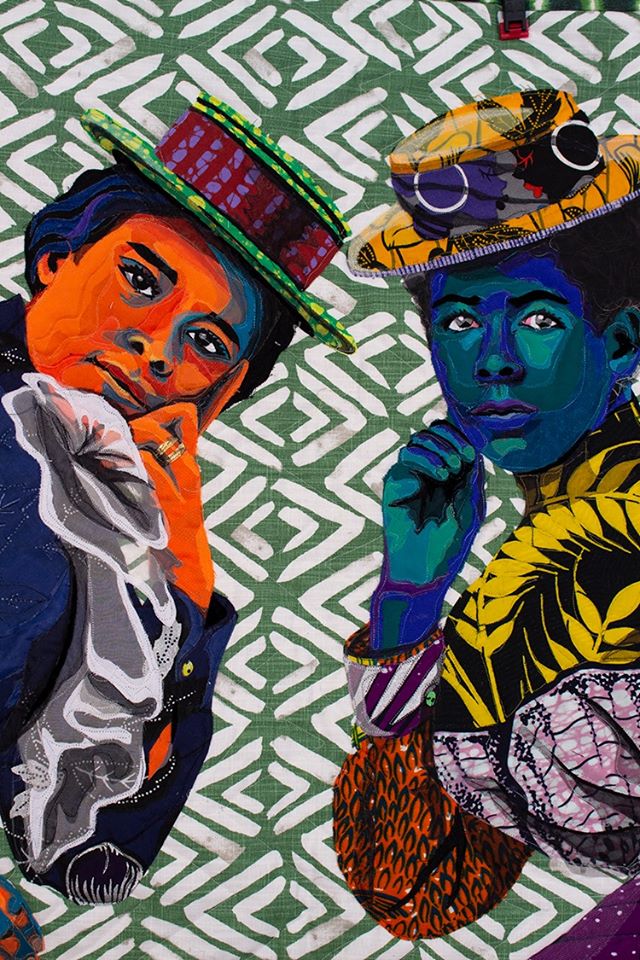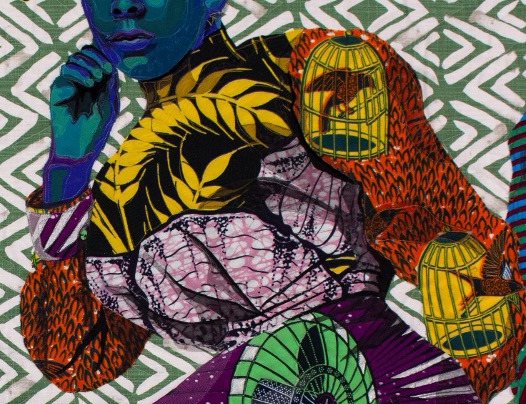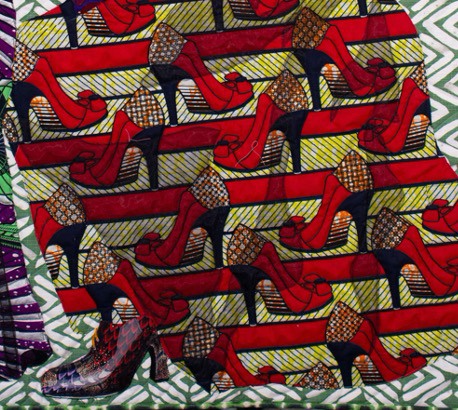The Asheville Art Museum hosted its third Slow Art Day with a virtual slow looking webinar focused on three works by women artists in honor of the 19th Amendment’s 100th anniversary:
- Carrie Mae Weems, Untitled (Playing Cards/Malcolm X) from the Kitchen Table II series, 1990.
- Minnie Evans, Untitled, 2012.
- Harriet Randall Lumis, The Little Red Bush, circa 1915.
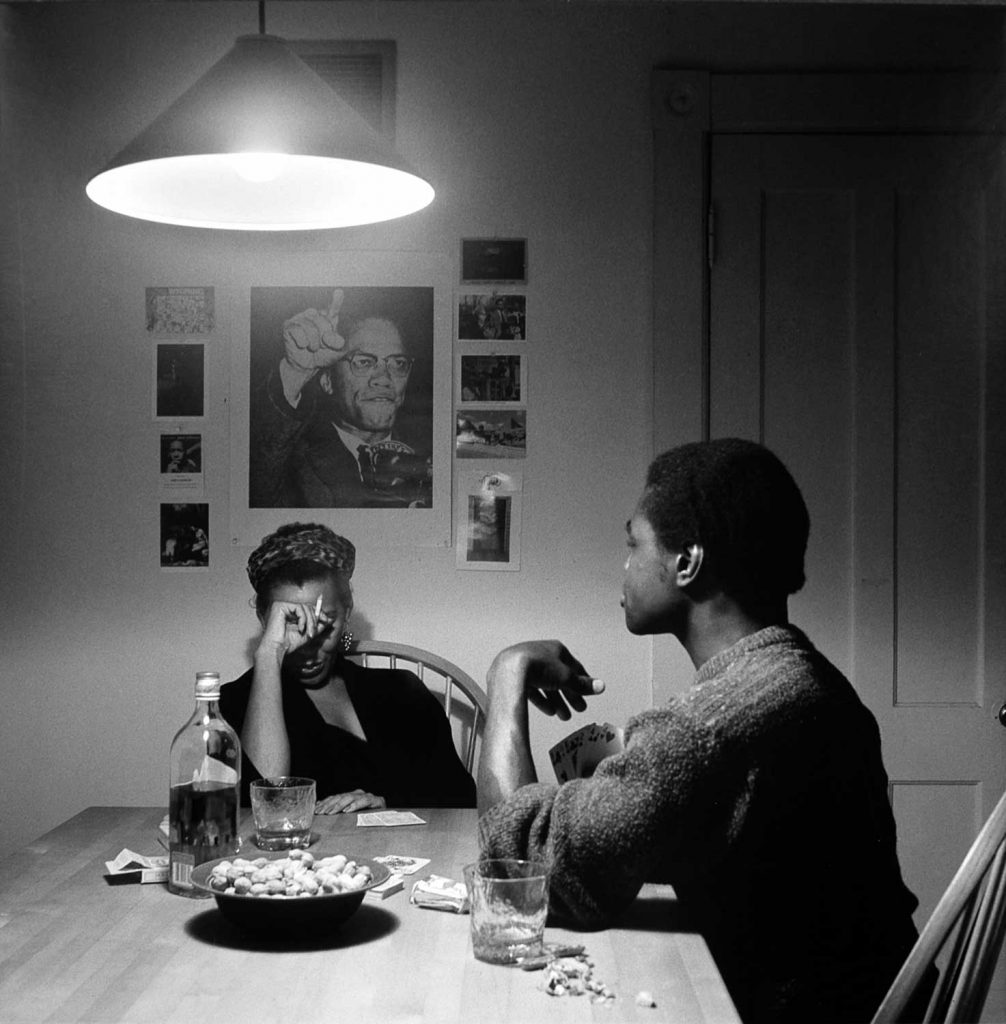
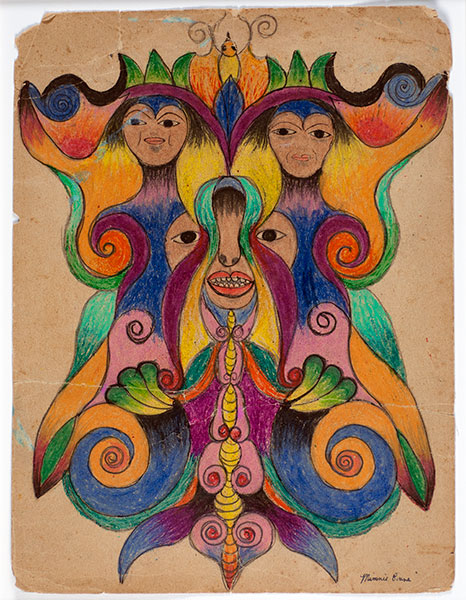
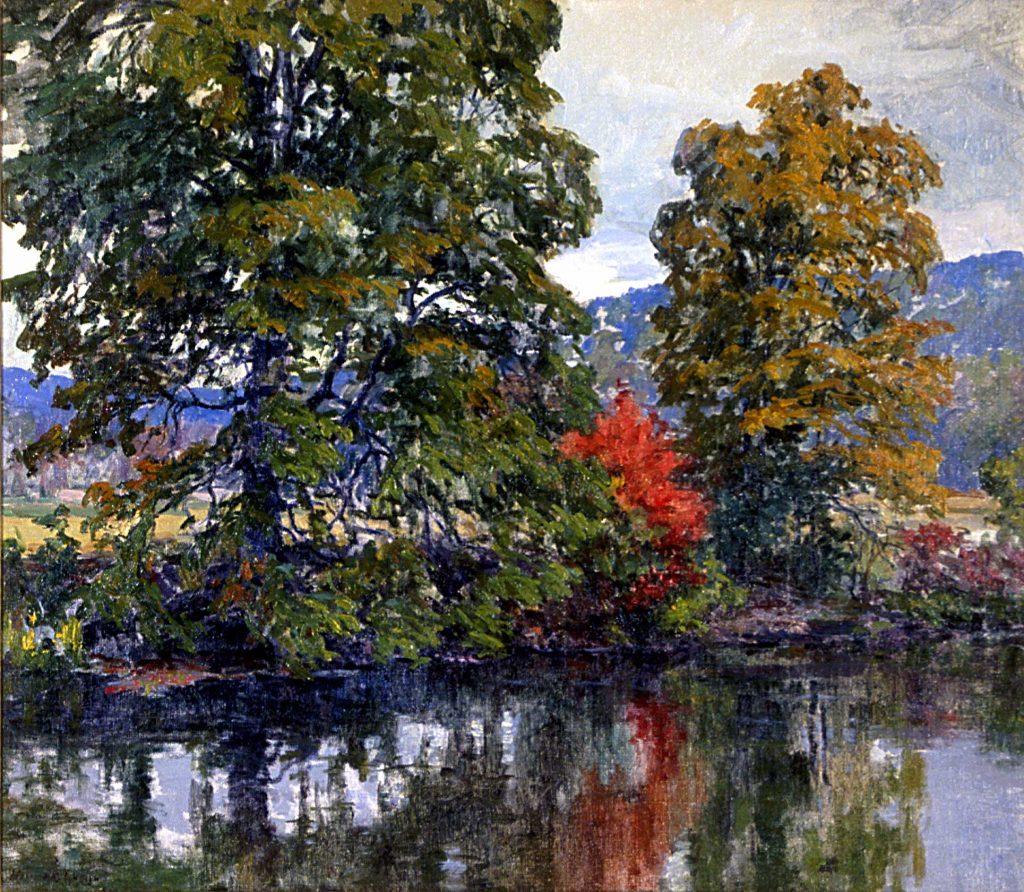
Master docent Doris Potash instructed participants to do three things before the webinar: 1) find a quiet, still space; 2) look at each of the three images for 15 minutes; 3) while looking, ask yourself the following questions:
- What’s going on in each artwork? What details do you notice?
- If you were in those places, what sounds would you hear? What textures and temperatures would you feel?
- What memories and emotions do these artworks evoke?
- Each of these artworks was created by a woman. Is there anything about the works that you would associate with a uniquely female perspective?
Doris then moderated a live discussion about the experience.
The two-part session was attended by 23 participants, who gave very positive feedback about the event:
“A lovely way to spend an hour of my social distancing!”
“…a much needed break during these trying times.”
“I was very moved by the art selections and benefitted from this experience greatly.”
Participant Quotes
The Slow Art Day event was well-received on social media, with over 100 likes on Facebook and Instagram. It sparked so much interest overall that the Museum has since added weekly Slow Art Friday sessions to its regular calendar of events! A recording of the original Slow Art Day session can be found here, and the weekly program description and upcoming fall programs can be found here.
Our mission at Slow Art Day is to inspire museums and participants to embrace slow looking every day. Thus, we are excited that this North Carolina-based museum not only produced a great Slow Art Day but now has made slow looking a weekly activity.
-Johanna and Ashley

